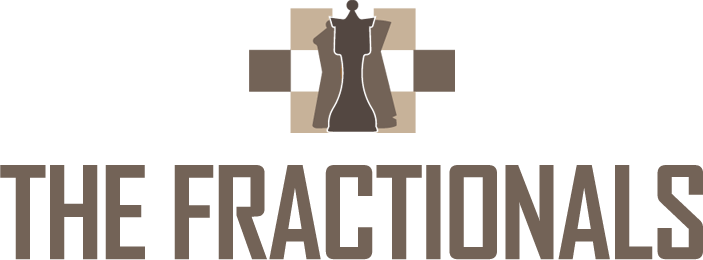In the dynamic world of small businesses, where every decision counts, maintaining a well-organized structure is paramount. One often overlooked tool that can significantly contribute to the success of a small business is the organization chart. While larger corporations may seem to be the primary beneficiaries of such charts, small businesses can also reap substantial rewards from implementing and utilizing them effectively.
An organization chart, commonly known as an org chart, visually represents the hierarchical structure of an organization. In the context of small businesses, where teams are typically smaller and resources are limited, one might question the necessity of such a tool. However, the importance of an organization chart lies in its ability to bring clarity, facilitate communication, and promote efficiency within the business.
Clarity is a cornerstone for success in any business, regardless of its size. In a small business, where roles and responsibilities may overlap, having a visual representation of the organizational structure can eliminate confusion. An organization chart outlines reporting relationships, making it clear who reports to whom. This transparency fosters a better understanding of individual roles and helps employees comprehend the overall structure of the organization.
Effective communication is another critical aspect that can make or break a small business. An organization chart acts as a communication tool by providing a quick reference for employees to identify their colleagues and understand the chain of command. This not only streamlines communication within teams but also facilitates better collaboration across different departments. When everyone is aware of their role and the roles of their colleagues, it becomes easier to coordinate efforts and work towards common goals.
Efficiency is a precious commodity for small businesses operating with limited resources. An organization chart aids in optimizing workflow by defining reporting lines and promoting a clear distribution of tasks. With a well-structured chart, small businesses can identify bottlenecks, eliminate redundancies, and ensure that each team member is contributing effectively to the organization’s objectives. This, in turn, enhances productivity and allows the business to operate more smoothly.
Moreover, organization charts can be instrumental in promoting accountability within a small business. When roles and responsibilities are clearly defined, employees are more likely to take ownership of their tasks. The chart serves as a visual reminder of each team member’s contribution to the overall success of the business, fostering a sense of responsibility and dedication.
In the rapidly evolving landscape of small businesses, adaptability is key.
Contact us today to improve your operations.
